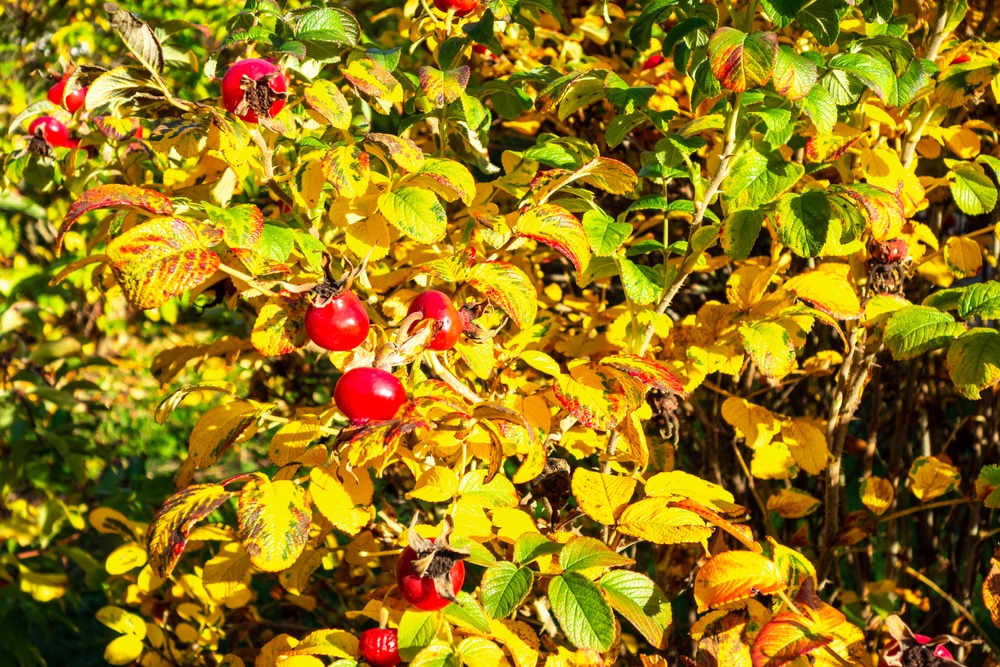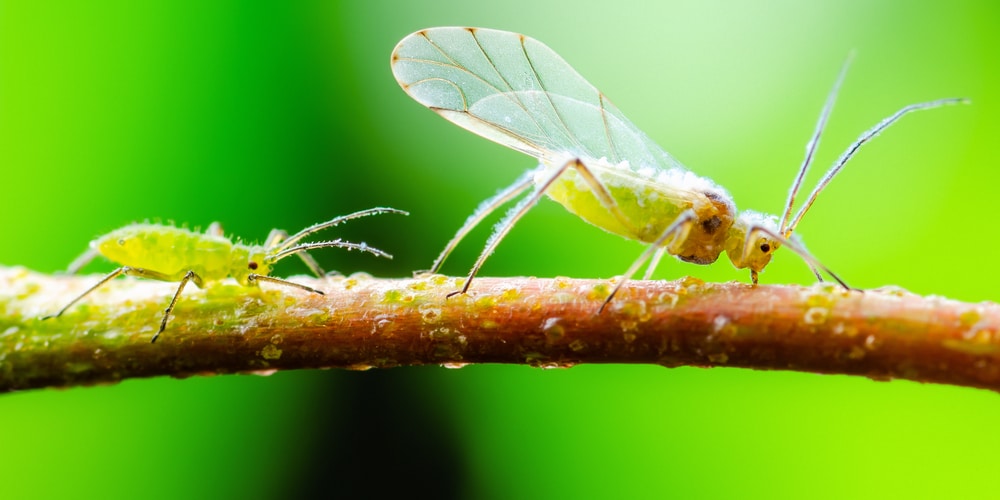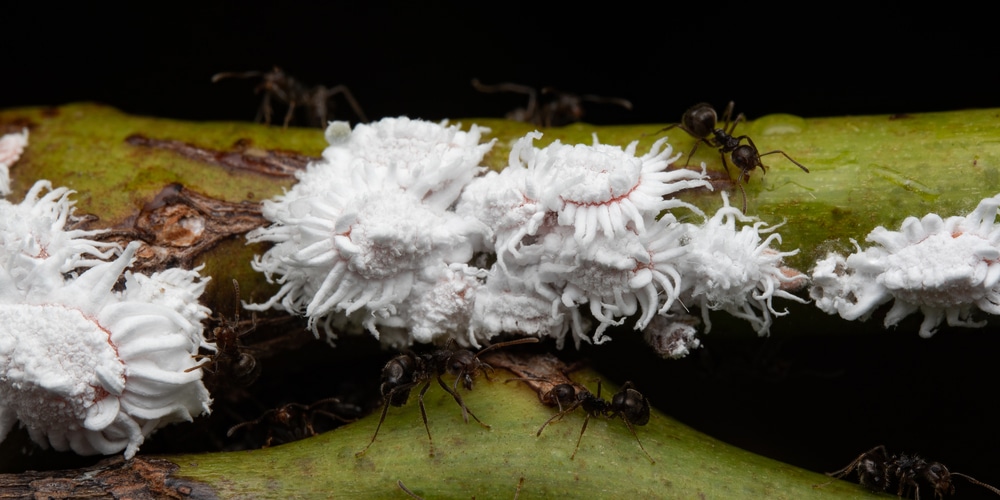You’ve waited all winter for the abundant blooms that your weigela usually gives you in the springtime. But if your weigela suddenly looks dead rather than its vibrant bushy self, several reasons could be at play.
We’ll help you understand why your weigela might be dying and what to do about it.
Poor Environmental Conditions
It’s impossible to control mother nature, so poor environmental conditions can sometimes cause weigelas to look dead or die. Weigelas require a moderate amount of water. So, watering them often is vital to bring them back to life if there’s a drought.
Weigelas also need direct sunlight, preferably eight hours per day. You can increase the chances of sunlight by planting them in a sunny area.
So, if there’s a period of cloudy weather, you can expect your weigela to look like it’s dying until conditions improve.
Leaf Spot Disease
Leaf spot disease is a common fungus condition in weigelas. It comes from mold spores that primarily impact a weigela’s leaves, causing them to turn brown or yellow and become covered in black spots.
If you leave it untreated, leaf spot disease may eventually kill your plant.
Treating leaf spot disease involves spraying your weigela with an anti-fungal spray in the early spring. You should remove any infected leaves and wash your gardening tools well after working around the plant.
Aphid Infestation
Aphids are a well-known instigator, causing many plants to look dead, including weigelas. These tiny insects feast on the sap in weigela stems, leaves, and roots. Although aphids are small, you can see these translucent bugs if you look closely at your plant.
A temporary solution to getting rid of aphids is to blast your weigela bush with a hose and water. For spot treatment, placing rubbing alcohol on the affected areas is also effective.
Finally, buying some ladybugs and releasing them around your weigela is a natural way to eliminate aphids, given that ladybugs love to eat them.
Twig Blight
Twig blight is a fungus that impacts the twigs and stems of weigelas. But it also attacks weigela flowers, making the petals turn brown and shriveled. Twig blight is a deadly condition in weigela if you leave it untreated.
For this reason, you should act fast when you notice it by applying copper or lime and sulfur-based fungicides.
If you notice that just one of your weigela plants has twig blight, it’s wise to remove the plant altogether. Doing so may save the remainder of your plants from this highly contagious fungus.
Frost Injuries
It can be challenging to tell the difference between frost injuries and twig blight, given that both cause the tips of branches to brown and look dead. But the cause is different—frost damage on weigelas is an internal problem from frozen water damaging the plant’s cells.
Luckily, weigelas usually recover after frost injuries.
The trick is to wait until the risk of the last frost passes. Then, remove any dead branches on your weigela and wait for it to bloom as usual.
Mealybug Presence
Mealybugs look like miniature cotton balls that contain a waxy substance, and you’ll find them feasting on the sap of your weigela’s stems and leaves. Aside from seeing mealybugs, you can also identify this problem because your weigela will have stunted growth and yellow leaves.
Neem oil is an effective treatment for mealybugs, but getting rid of them will take work. Over ten days, you’ll need to spray them with this oil two or three times daily.
Spraying weigelas with horticulture oil in the winter is also an effective way to kill mealybug eggs, setting you up for springtime with beautiful blossoms.
My Weigela Looks Dead: The Bottom Line
Many diseases, pests, and conditions can cause weigelas to look dead. Although weigelas won’t live forever, there’s often an underlying curable situation that can help you enjoy more years out of your plant.
By acting fast, you’ll have a greater chance of reviving your plant, and you’ll never have to think, “my weigela looks dead” again.


